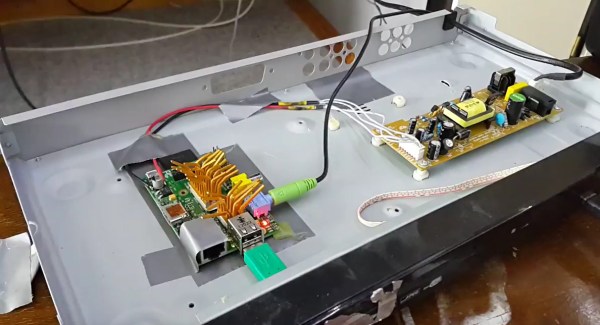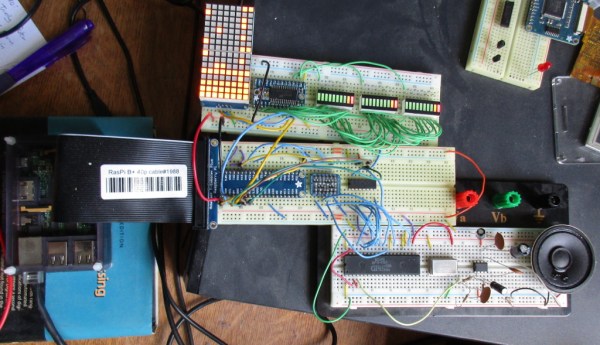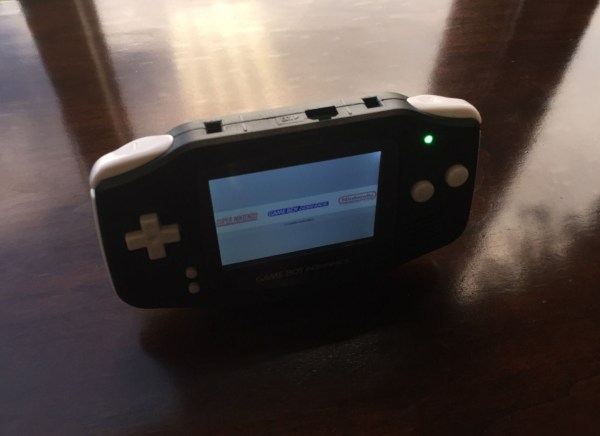Back in the day, when wardriving was still useful (read: before WPA2 was widespread), we used to wander around with a Zaurus in our pocket running Kismet. Today, every cellphone has WiFi and a significantly more powerful processor inside. But alas, the firmware is locked down.
 Enter the NexMon project. If you’ve got a Nexus 5 phone with the Broadcom BCM4339 WiFi chipset, you’ve now got a monitor-mode, packet-injecting workhorse in your pocket, and it looks a lot less creepy than that old Zaurus. But more to the point, NexMon is open. If you’d like to get inside what it took to reverse-engineer a hole into the phone’s WiFi, or make your own patches, here’s a great starting place.
Enter the NexMon project. If you’ve got a Nexus 5 phone with the Broadcom BCM4339 WiFi chipset, you’ve now got a monitor-mode, packet-injecting workhorse in your pocket, and it looks a lot less creepy than that old Zaurus. But more to the point, NexMon is open. If you’d like to get inside what it took to reverse-engineer a hole into the phone’s WiFi, or make your own patches, here’s a great starting place.
But wait, there’s more! The recently released Raspberry Pi 3 has a similar Broadcom WiFi chipset, and has been given the same treatment, turning your RPi 3 into a wireless-sniffing powerhouse. How many Raspberry Pi “hacks” actually hack the Raspberry Pi? Well, here’s one.
We first learned of this project from a talk given at the MetaRhein-Main Chaos Days conference which took place last weekend. The NexMon talk (in German, but with slides in English) is just one of the many talks, all of which are available online.
The NexMon project is a standout, however. Not only do they reverse the WiFi firmware in the Nexus 5, but they show you how, and then apply the same methods to the RPi3. Kudos times three to [Matthias Schulz], [Daniel Wegemer], and [Matthias Hollick]!

















